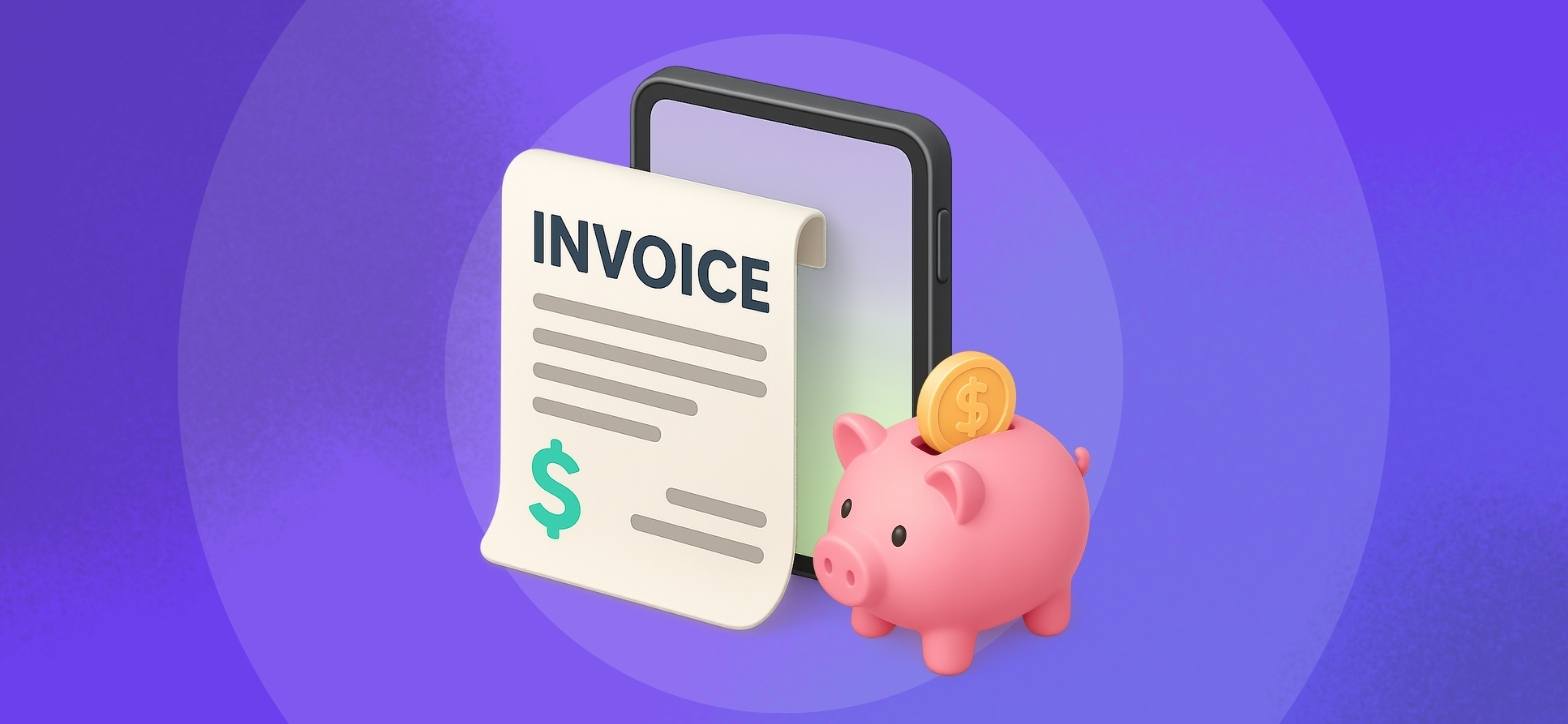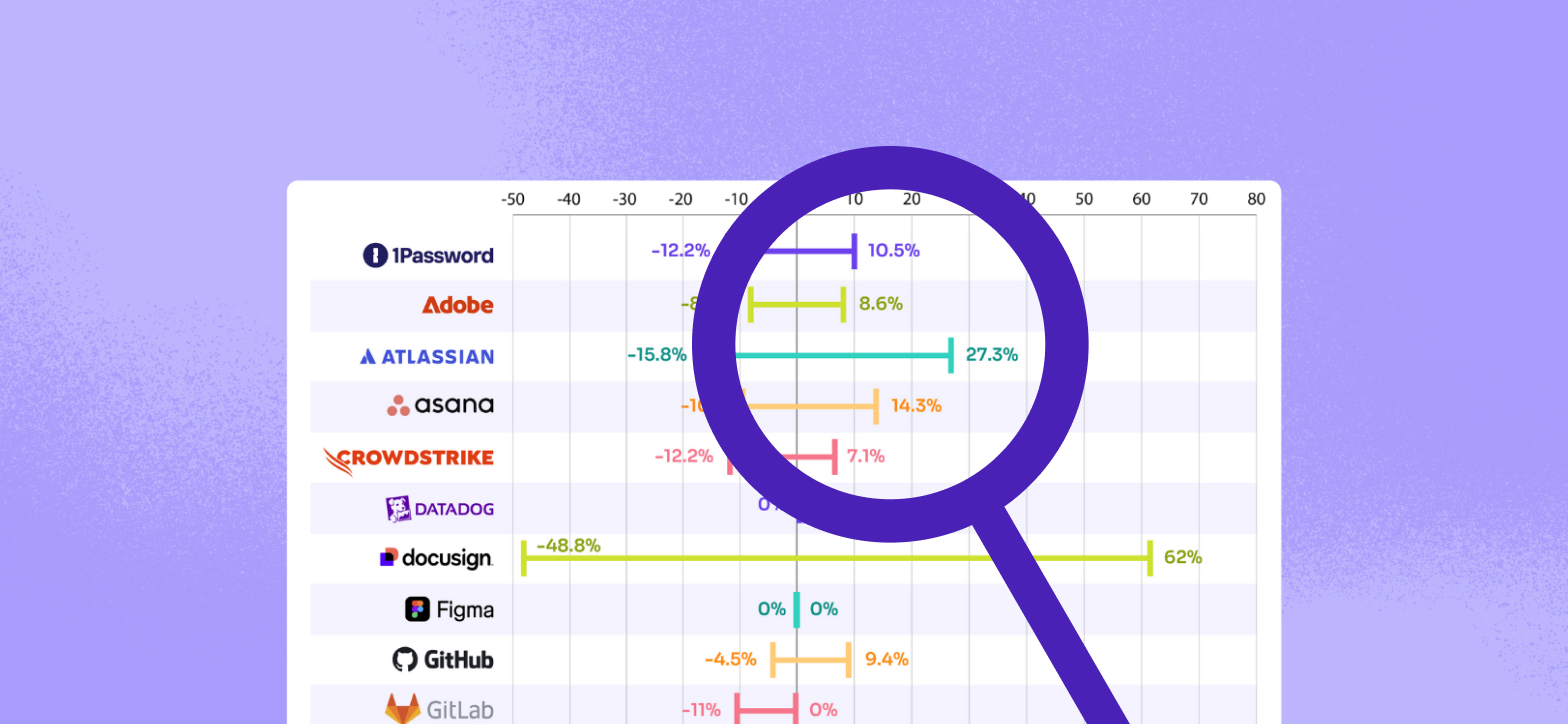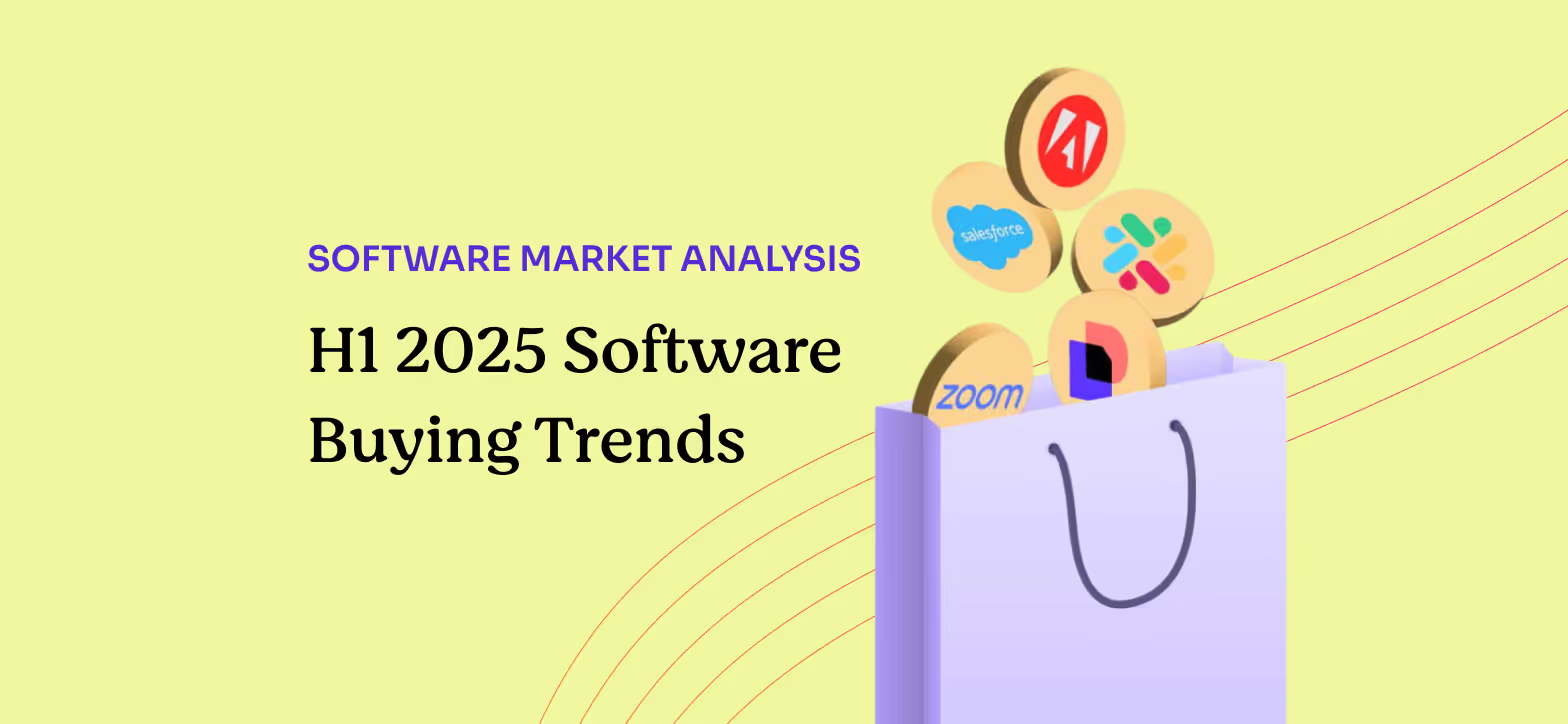Regardless of scale, operational SaaS supplies are the lifeblood of any organization.
Sadly, most businesses don’t understand how much room they have to negotiate or how to optimize their spend effectively. Top suppliers such as Google, Microsoft, Adobe, and Zoom are just a few examples of the companies in this category that drive massive value in keeping your business running.
Think of operations software as your car’s central control system and dashboard. These tools streamline various processes, maximize efficient procedures, provide real-time performance data, and integrate seamless communication and collaboration channels.
.avif)
In fact, Tropic customers have spent over $150 million on operations tools, making it one of the highest-valued markets in SaaS. Investment into this software category falls just behind IT Infrastructure and Security, making it very important to avoid over-provisioning and right-size your operations technology where necessary.
Here are some key insights that can help you optimize your operations tech stack:
Operations Software Trends
Trend 1: Resellers Squeeze
Over the past several years, many companies have purchased operations software through a dedicated reseller.
Some resellers offer all the software listed in the chart below, making it easy to simplify SaaS spend by keeping purchases centrally located through one reseller. Not to mention, they can include more negotiable payment terms and added support services as well.
However, it’s important to note that we have seen many big-name suppliers reduce margins for resellers, limiting the discounts made available to existing and new customers. Historically, resellers could dig deeper into their margins to bring on new business, but margins have been cut for most suppliers significantly due to the constant changes in the market.
.avif)
Trend 2: Adoption of AI
Everyone is talking about artificial intelligence (AI) in tech, operations included. It’s the largest trend taking over the space, so much so that advertisements celebrating new machine-learning technologies are plastered everywhere where millions of eyes can see…like major sporting events such as the NBA Finals or the MLB’s London Series.
While these advancements excite some and scare others, it’s critical to understand what companies mean when injecting that buzzword into their business. How will AI actually be implemented into their product?
In the case of Microsoft’s Co-pilot and Google’s Gemini (formerly DuetAI), you are essentially purchasing a chatbot assistant built right into your tool that can help with research and writing, plus it comes with added security benefits. These tools use machine learning to take vast amounts of information and regurgitate it back to the end user to implement into their work.
While the AI arms race continues all around, it's important to perform a full demo of the tools to make sure your team has a proper use case to warrant its inclusion. If you can draw value from one of these tools, most suppliers are offering aggressive discounts on other license types to drive adoption. And since these tools require gathering new information to function, the more it is used, the better results/impact you will see from it.
.avif)
Trend 3: Consolidation of Tools
As with other software categories, consolidation within operational SaaS is a major trend.
Many companies are consolidating their tools into one or two providers where it makes sense to save money. For example: Google (Meet), Microsoft (Teams), and Zoom offer essentially the same video conferencing tools, just packaged in different ways with some minor nuanced features. It doesn’t make sense to have multiple video-conferencing platforms under contract – all that does is burn cash and create a lot of confusion and headaches.
The same goes for collaboration tools like Microsoft Teams and Slack or DocuSign and Adobe. For instance, if your company already uses the Adobe Creative Cloud apps, explore replacing DocuSign with Adobe Sign to receive better per-unit pricing and keep billing in one place with one supplier.
Consolidating solutions into one supplier is always the cheapest option. In a time where cost-cutting is paramount, getting your technology and services catered by one supplier is the best path to savings and a great first step to maximizing profits.
.avif)
Most Common Suppliers
Here's a look at some of the most popular Operations software companies are currently using. Access our Q1 2024 SaaS Category Benchmarks Report to get the full report and see how companies are structuring their tech stack across different company sizes.

As you can see above, the Operations space is headlined by some familiar faces and major public companies. These businesses all offer some level of communication tools along with e-signature functions, design and development, or general meeting services, among many others. Essentially, anything that can keep a business running can be found with these suppliers:
Microsoft
Microsoft has firmly established itself in this space as the clear market leader. Their main workspace offering includes their 365 set of SKUs, either on the Business or Office level with varying levels of functionality. With their new Co-pilot AI tool, they are poised to continue to dominate the market.
Google Workspace
Another company sitting top five in market capitalization is Google. Like Microsoft, their workspace offering is a large contributor and they are another huge player in the AI race, pushing hard to add customers to implement Gemini through aggressive discounts. While they have recently reduced margins for resellers, we still see many customers elect to operate their business through Google.
DocuSign
The market leader in e-signature tools is by far DocuSign, but emerging competition from Adobe Sign and Panda Doc shows that there are plenty of fish in the sea. Consider exploring alternate suppliers for your e-signature needs if cost and support are not up to par with the existing service. For a tool as simple as e-signatures, it makes sense to take the best possible price.
Adobe
With a market cap of over $200 billion, Adobe is another giant in the tech space as they are one of the top 60 largest companies in the world. With diverse functionality for many use cases, it’s no surprise that we see customer spend for Adobe offerings annually. The best advice when working with these folks is to come into renewal talks with clear forecasts to ensure you don’t overcommit where you don’t need to.
Optimize your tech stack with maximum leverage
Tropic not only gives companies visibility and control over all contracts, but we also help modern teams make data-driven decisions around their tech stack with comprehensive market intelligence and supplier-specialized negotiation insights. Get started with a demo today.
Recommended Reading
Related blogs
Discover why hundreds of companies choose Tropic to gain visibility and control of their spend.








